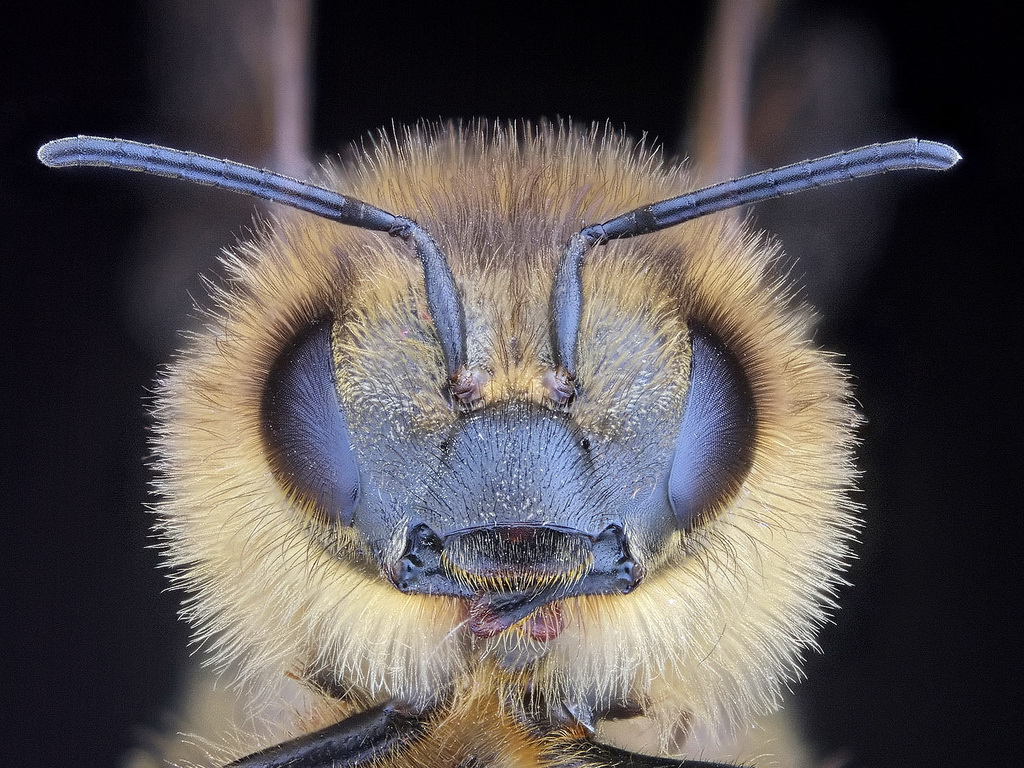The Health of the Honey Bee

The delicate state of the European honeybee (Apismellifera) can be traced back to 2006, when the mysterious Colony Collapse Disorder (CCD) began wiping them out. Adult honey bees went missing from their hives, and no bodies were to be found. Since, apiaries have struggled – the US reports a yearly loss of about 30% – leaving the future of the honey bee in a precarious position.
It is thought the sudden collapse is caused by a number of factors working together in synergy, pounding bee’s immunity so they are no longer as resilient as they used to be.
Exposure to pesticides has been afiercely debated and much publicised culprit. A group of neurotoxicants called neonicotinoids have been found to create an increased susceptibility to gut pathogens in honeybees. They have also been found to affect bee behaviour, learning and memory,crucial for them to forage, find their way home and relate the information to the colony.
Much of this research has been performed in the laboratory, however, and it is questionable how well the findings can be applied outside of it. In this environment, bees exhibit differences in their physiology and stress levels, and studies tend to expose them to an unrealistic level of neonicotinoids.
How much pesticides open the door to other threats is uncertain. Without improved field testing it is difficult to assess the amount of exposure honey bees are actually receiving and their reaction to the combinations and accumulations of pesticide smothered crops.
The EU has frozen the use of neonicotinoids while a more accurate estimate of risks is developed.
Despite not being native to Australia, the honey bee is well established, where feral colonies and hives managed by beekeepers are spread over most of the country.
Neonicotinoids remain in extensive use in Australia. The Australian Pesticides and Veterinary Medicines Authority (APVMA) in 2013 concluded that these pesticides were less of a risk compared with those before.
As beekeepers move away from the chemical-free sources of nectar and pollen found in native scrub and forest and into agricultural and horticultural pollination, there is a commensurate increase in exposure to agricultural chemicals.
This means more rigorous testing of pesticides needs to be done, with improved labelling, regulation and guidance of products used in agriculture.
Changes in land use, where flowering meadows and weeds have given way to agriculturally intense monocultures, mean that bee’s natural foraging habitats are disappearing.
One study has analysed honey bee’s foraging preferences so as to establish which areas would cause them least amount of disruption. Their great foraging range and sensitive response to forage quality means they can be used as bioindicators to monitor large areas and inform environmental management.
Pollen quality and diversity has a major influence on bee’s health and their ability to cope with pathogens, pesticides and parasites such as Varroa destructor.
Varroa destructor is considered to be one of thedriving forces behind colony loss.The lifespan of adult workers in affected broods are reduced,so they cannot survive winter long enough to produce the next generation (Dooremalen etal, 2012).
Varroahas spread all over the world with devastating effect, although whether it attacks immunity or it is the mite’s feeding activity that causes such problems is not yet clear. Of all the major honey producing countries, only Australia remains mite-free.
Australia hosts a large number of feral honey bees due to a warm climate and plants rich in nectar. This high reliance on feral bee pollination means the impact of Varroa could be great, as Australia does not have the resources to offset the effects.
Casey Cooper, president of the New South Wales Apiarist Association, stresses the importance of not letting Varroa get here in the first place.
By increasing biosecurity, pests and diseases like Varroa mite are kept out of the country. Biosecurity includesmeasures such as port surveillance, where hives are kept at all ports and areas and monitored regularly.
Australia is not reporting the huge losses that other countries are. Cooper, however, argues that his organisation has seen a 30% decrease in hives for registered beekeepers since 2006. He believes there is a looming food security crisis related to the decline of honeybees.
Ian Zadow, Chairman of the Australian Honey Bee Industry Council, estimated that “one in three mouthfuls of food we eat relies on the honey bee for pollination of that food.”
It is hard to calculate just how important insects are in pollination, although vanEngelsdorp and Meixner (2010) considered it amounted to more than US$200 billionworldwide .
The Rural Industries Research and Development Corporation (RIRDC) estimatesthat around 35 different crops in Australiaare dependent on honeybee pollination for most of their production.Many different crops vary in their reliance on pollinators, and it is certain that without them, our way of life would change dramatically.
Not only are honeybees important for commercial gain,but pivotal for flower diversity. Their algorithms of flight are being used to inform robot aircraft technology. They can sniff out land-mines. They exhibit the incredible waggle dance, a detailed language where they relate the precise position of food totheir team mates. All this, and I haven’t even mentioned honey.
It would be a tragedy to let them languish, but with improved surveillance on their health and collaborative research, Australia can provide better protection for honeybees.
Further information:
http://onlinelibrary.wiley.com/doi/10.1002/etc.2527/full
http://www.rirdc.gov.au/research-programs/animal-industries/honeybee
Rice L (2014-07-15 00:15:33). The Health of the Honey Bee. Australian Science. Retrieved: May 21, 2025, from https://ozscience.com/biology/health-honey-bee/
 Follow
Follow
1 thought on “The Health of the Honey Bee”
Comments are closed.